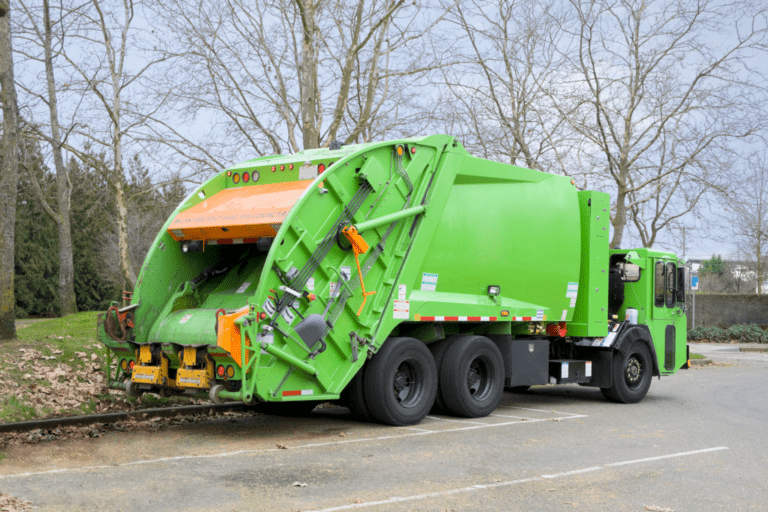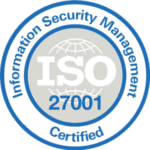It doesn’t matter what industry you serve; unscheduled fleet downtime is a productivity and budgetary killer. The problem of reorganizing and re-routing drivers, finding last-minute vehicle replacements, juggling deadlines, and resetting customer expectations costs you precious time and money.
The best way to deal with unplanned downtime is to avoid it altogether. Here are five tips for significantly minimizing the time you spend shuffling priorities to deal with unexpected fleet problems.
1. Conduct regular and detailed inspections
Your drivers already have to conduct regular daily inspections to stay compliant with FMCSRs. But if you really want to reduce your unscheduled repairs, everyone needs to think about these inspections a little differently.
If drivers think about these daily examinations as obligatory governmental expectations, they’ll go through the motions, meeting the minimum standards required to stay compliant. But they’re much more invested when they see inspections as a necessary part of the job that impacts their day-to-day responsibilities and public safety.
This also means that there are times when fleet managers might want daily inspections to go above and beyond DOT compliance, amending checklists to include systems and parts that might not need to be checked for DVIR inspections.
Whip Around simplifies inspections by allowing drivers to conduct them from their mobile device. Photos can be included in the process, and drivers have all the room they need to make detailed notes about issues and questions. In fact, the voice-to-text feature saves them the time of having to type out their remarks, giving you more detailed inspections requiring less effort.
On top of that, Whip Around offers DOT-compliant inspection checklists that are entirely customizable. This way, you can tailor your inspections to meet your fleet’s needs and catch potential problems before they become production-halting issues.
2. Schedule regular maintenance
There’s really no way to weed out reactive maintenance entirely, so you need to be able to respond quickly to problems. But if you can cut down the need for reactive maintenance by taking a more proactive approach, that’s even better. Planning for downtime is infinitely better than waiting for downtime to suddenly occur.
Following manufacturer and industry standards for equipment maintenance can save you time and money (not to mention, help you validate any warranty claims). But for this to work, you should have a solid preventive maintenance plan in place.
Creating a maintenance schedule is easy with Whip Around. You can create a schedule for each asset based on mileage, engine hours, or within a specific time frame. You receive an automated reminder when pending maintenance is due, and you can easily create a work order and get it into your workflow.
3. Know when to let assets go
As vehicles age, performance issues inevitably arise, and it gets harder to predict what will be an issue. At some point, the most reliable vehicles become liabilities. The key is to craft a replacement strategy that makes sense. Selling equipment too early can be unwise, but you want to unload assets before they’re a problem and their resale value is higher.
Obviously, a newer fleet means minimized repair and maintenance costs, better fuel savings, multiple-year warranties, improved safety features, and happier drivers. But you really need to be intentional about it for it to make sound financial sense.
Some ideas to keep in mind for developing a strategy for a low total cost of ownership include:
- Ensuring you’re choosing the most effective lease terms
- Investing funds from equipment sales into future equipment replacement
- Replace high-mileage assets before they become a problem
When it’s time to let equipment go, Whip Around can provide a detailed maintenance history for every asset. Detailing every inspection, maintenance, and service performed on it. This can provide peace of mind to potential buyers and ensure you get the best value from your used equipment.
This same maintenance history can also help you evaluate which brands or pieces of equipment have been most reliable, so when it comes time to purchase a replacement, you can go with the option that’s less likely to break down and cause unscheduled downtime.
4. Monitor and adjust systems
Naturally, we want to create processes that run like clockwork. But it’s unwise to stick to a system without periodically checking in to see if it still serves its purpose and whether it needs to be amended. So many things about your business are constantly changing: staff, regulations, asset health, etc. If you want to avoid unplanned downtime, it’s helpful to ensure that the systems you have in place are the right ones.
This includes asking yourself questions like:
- Does driver turnover require updated or more frequent training?
- Are there environmental factors impacting my fleet requiring a different approach to scheduled maintenance or amended inspection checklists?
- Is the current maintenance workflow working?
- Is the show responsible for our repairs still delivering trustworthy and timely service?
This requires an ability to spot trends before it’s too late. The fleet manager’s dashboard in Whip Around can help by arranging your daily data inputs in intuitive and easy-to-understand reports. Dive into information about daily inspections and defects, assets, drivers, maintenance, and work orders. And quickly identify and respond to trends impacting fleet health and performance.
5. Conduct semi-regular workshops and training
Most of your drivers probably have years of driving experience and bristle at the idea that they need to brush up on skills they use daily. But the fact is that occasional training can make a huge difference in how drivers operate on the road—and how they drive impacts the health of your assets. Bad habits can lead to costly accidents or increased wear and tear.
A Fleet Safety Survey Report performed by Brake in 2015 found that 17 percent of fleets do not train, assess, or educate drivers on speed. It might seem like a common sense issue, but according to the FMCSA, the speeding violations issued to truck drivers across the United States were up 7.8 percent in 2018. Speeding doesn’t just increase the opportunity for dangerous and costly accidents but also puts stress on brakes and other systems.
Regular training reinforces the behavior you want to see and communicates what is and isn’t acceptable. And it doesn’t need to be limited to operational training. You can provide coaching on inspections, showing drivers how you want them to handle the process. Or you can train them to use new tools and technology.
Occasional training can help drivers identify and root out bad habits and unhelpful practices. The best professionals in every field update their skillsets and learn to do things more efficiently; fleet drivers can, too.
Reduce unplanned downtime with Whip Around
If you want to keep unscheduled downtime to a minimum, spotting and resolving trends and issues quickly is a must. Whip Around simplifies daily inspections while making them more productive. Drivers complete customizable, DOT-compliant checklists on their mobile device with the option of uploading photos and using the speech-to-text feature to take detailed notes.
When inspections are submitted, they’re instantly available in the fleet manager’s dashboard. New defects are highlighted and managers can easily create work orders to deal with problems as quickly as possible.
And every bit of the information captured during these processes is compiled to give you a clear picture of the health of your fleet—as well as history of individual assets. This level of visibility makes it much easier to recognize problems with a vehicle or be alerted to trends impacting the fleet.
If you’re interested in discovering what Whip Around can do for your company, book a demo or start a free trial today.









